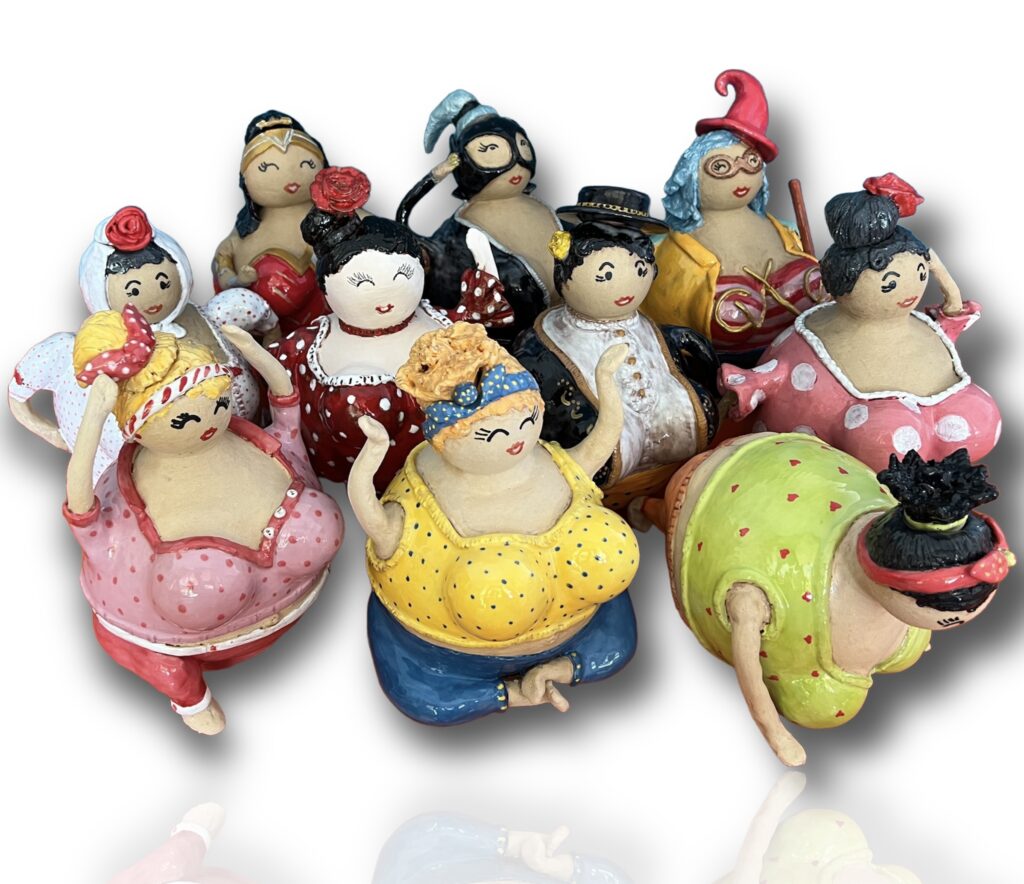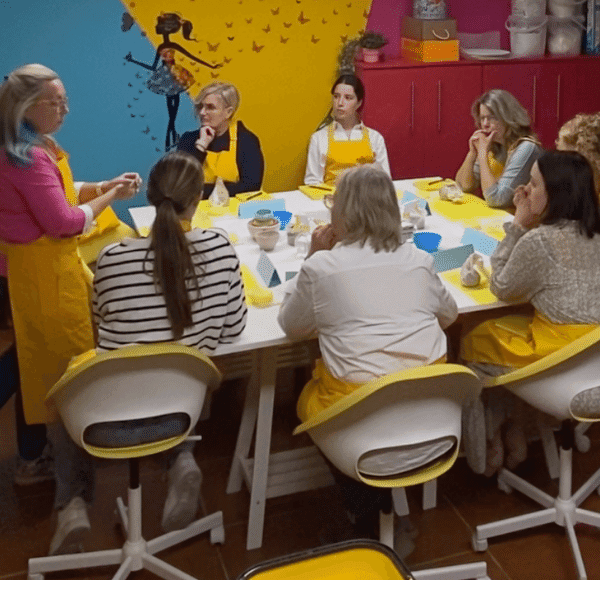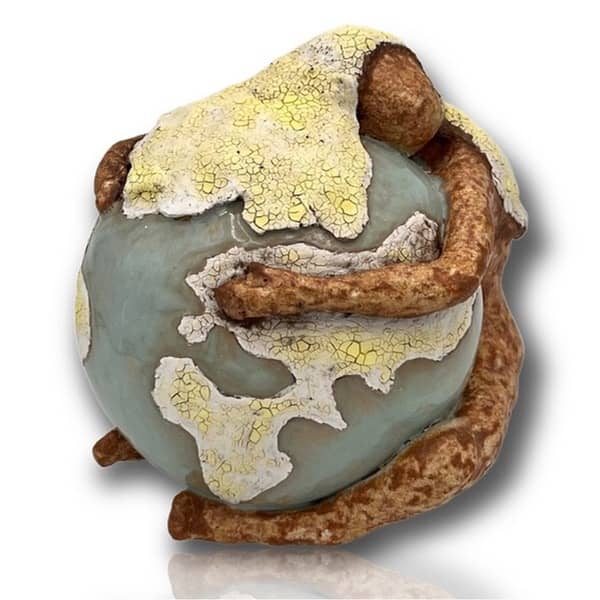Welcome to the fascinating world of ceramic art! In this comprehensive guide, we’ll explore the intricate techniques and processes involved in creating stunning ceramic pieces. Whether you’re a beginner or an enthusiast, here’s everything you need to know:
What is Ceramic Art?
Ceramic art encompasses the creation of functional and decorative objects using clay and other raw materials. From vases to sculptures, ceramics offer a diverse range of artistic expressions, blending craftsmanship and creativity.
How is Ceramic Art Made?
The creation of ceramics involves several stages. It starts with designing and shaping the clay, followed by drying and the first firing, known as bisque firing. Subsequently, glazing and the final firing are conducted to achieve the desired finish and durability.
- Design: Begin with an idea or design for your ceramic piece. Create sketches or blueprints to visualize the final product.
- Modeling: Work with clay to shape your piece according to your design. Use hand-building techniques like rolling, slab construction, or pinch pots to mold the clay.
- Drying: Once the piece is shaped, allow it to dry thoroughly. This process may take several days, depending on the size and thickness of the piece. Ensuring the clay is completely dry is crucial before proceeding to prevent cracking during firing.
- Bisque Firing (First Firing): Place the dried piece in a kiln for the first firing, known as bisque firing. This process removes remaining moisture from the clay, turning it into a solid yet fragile ceramic ready for glazing.
- Glazing: Apply glaze to the bisque-fired piece. Glaze determines the final color, texture, and appearance of the ceramic. Various glazing techniques can be used, such as dipping, brushing, or spraying.
- Final Firing: Once the glaze is applied, fire the piece in the kiln for a second time, the final firing. The kiln reaches higher temperatures during this phase to melt the glaze and permanently bond it to the ceramic.
- Cooling and Finishing: Allow the piece to cool completely inside the kiln after the final firing before removing it. Post-cooling, any additional finishing, such as polishing certain areas or adding decorative details, can be done as needed.
Common Techniques in Ceramic Art
Hand-building, wheel-throwing, and slip-casting are among the primary techniques used in ceramic art. Each technique offers distinct advantages and allows artists to experiment with form and texture.
Frequently Asked Questions about Ceramic Art
- Q: How do you prevent clay from cracking?
- A: Properly wedging the clay, ensuring even drying, and avoiding sudden temperature changes can help prevent cracking.
- Q: What types of glazes can be used in ceramic art?
- A: Glazes come in various types, including glossy, matte, textured, and crystalline, offering a wide range of finishes.
Ceramic art is a captivating blend of creativity, skill, and technicality. Through this guide, we’ve delved into the processes, techniques, and answers to common queries about the world of ceramic art.
Explore our gallery for exquisite ceramic pieces and embark on your artistic journey!]



